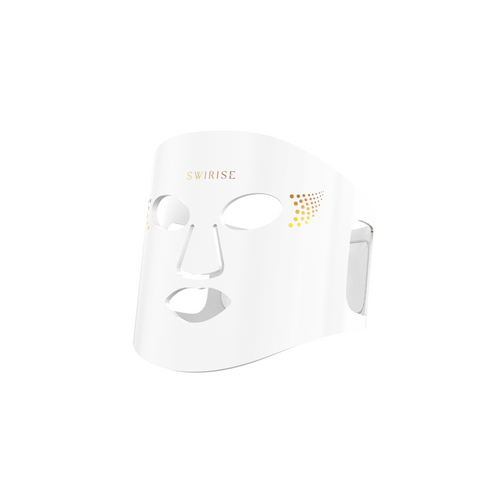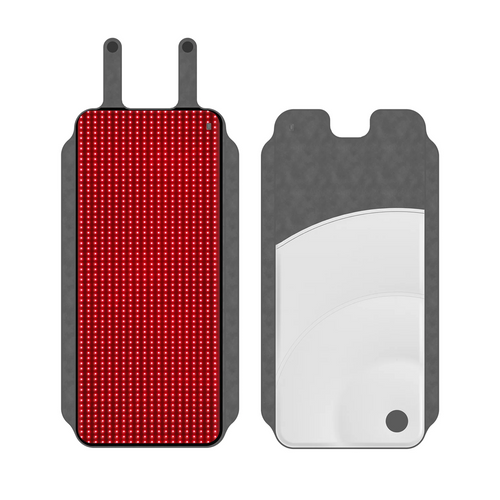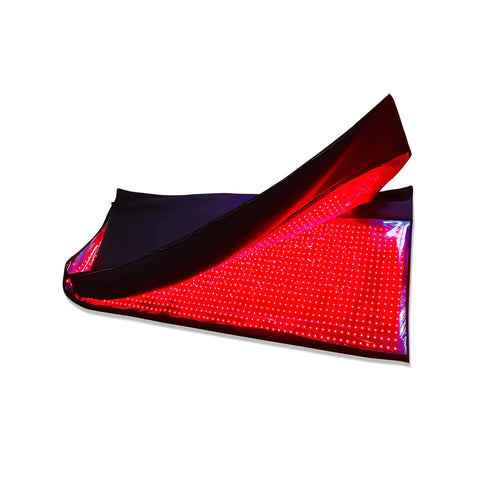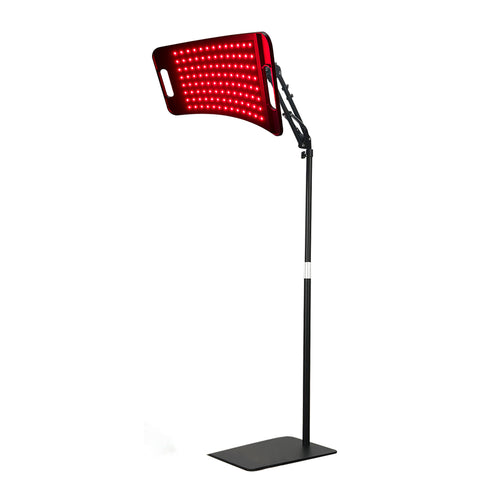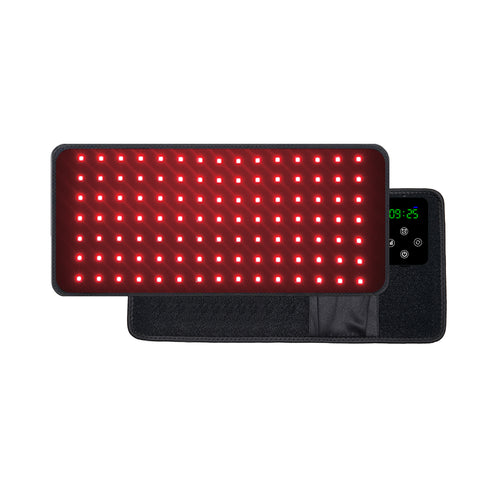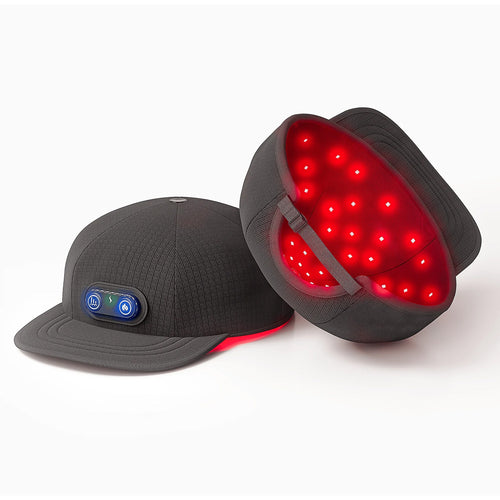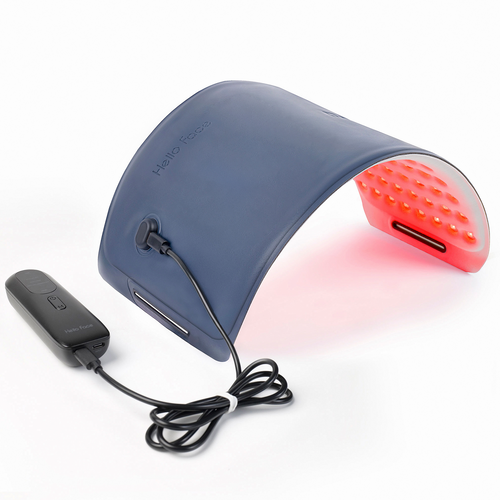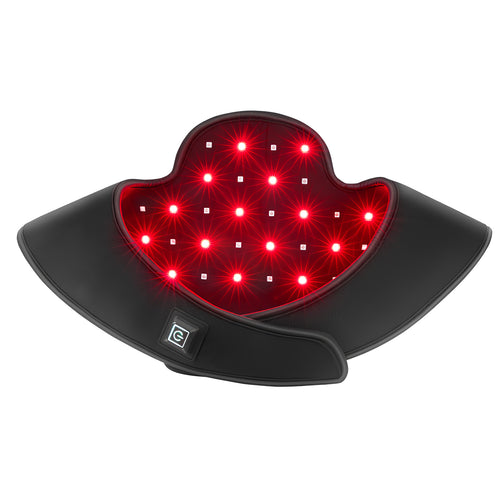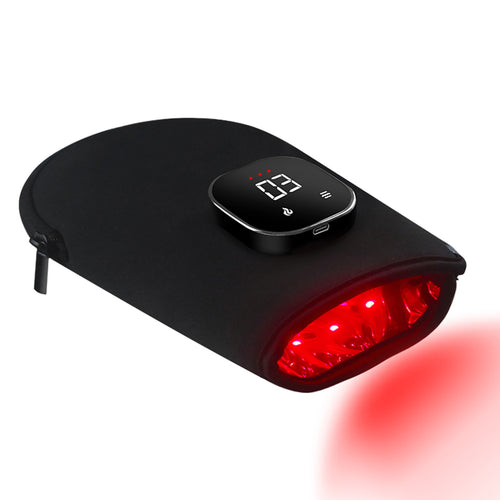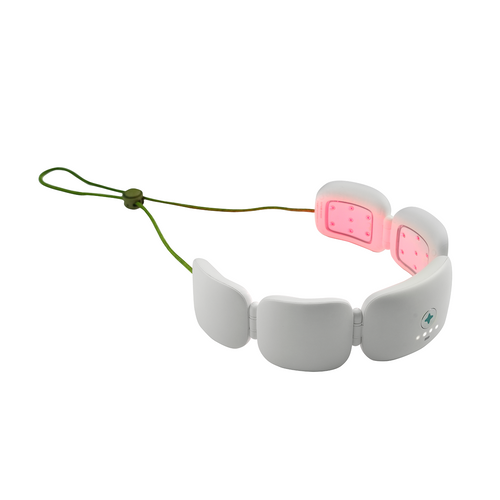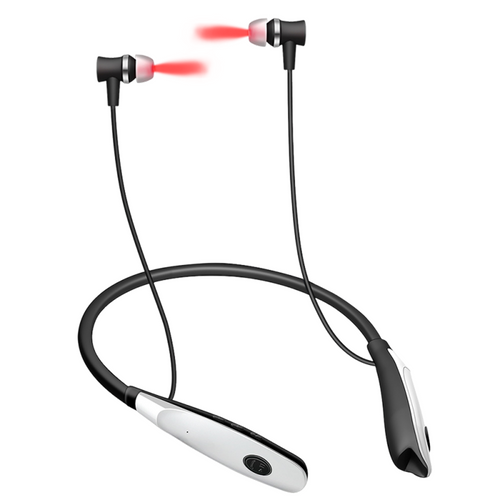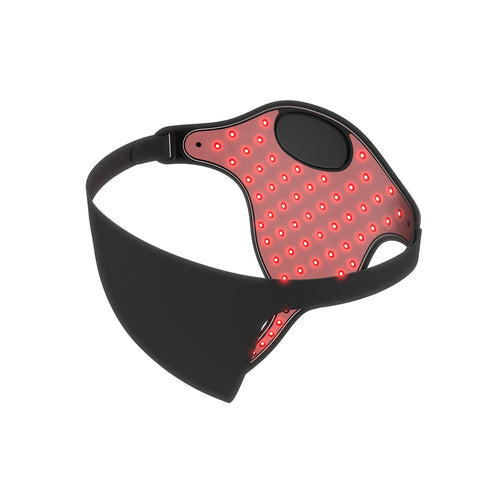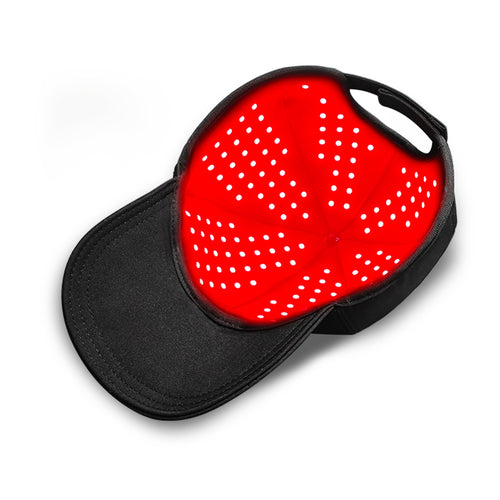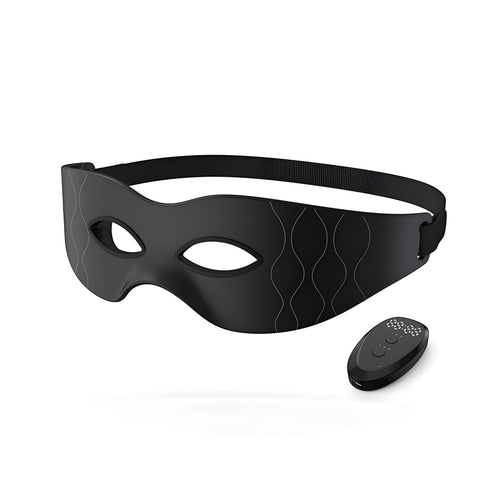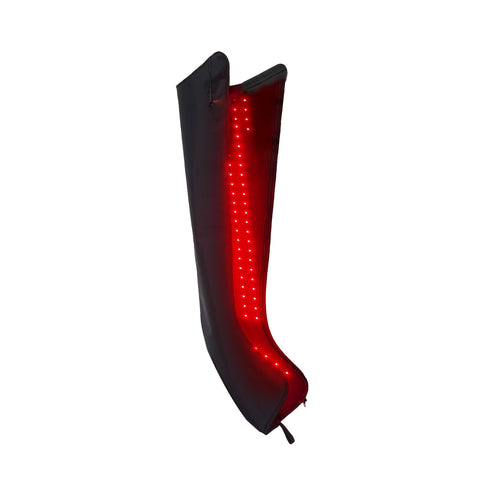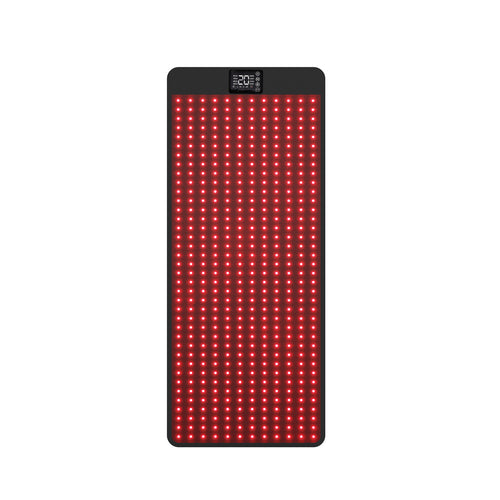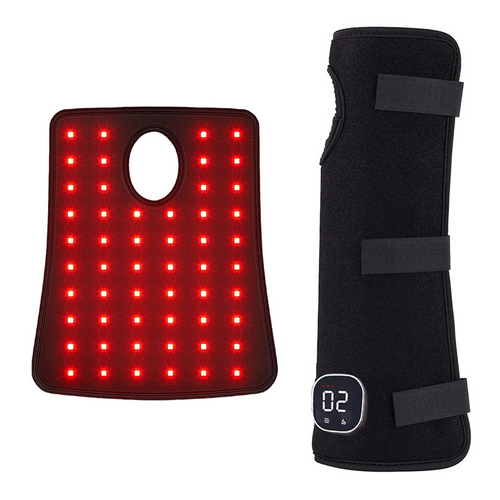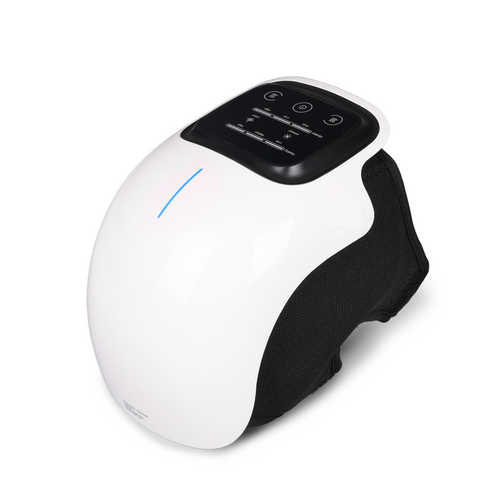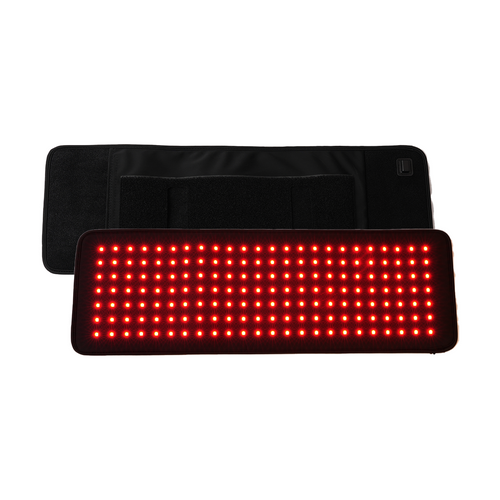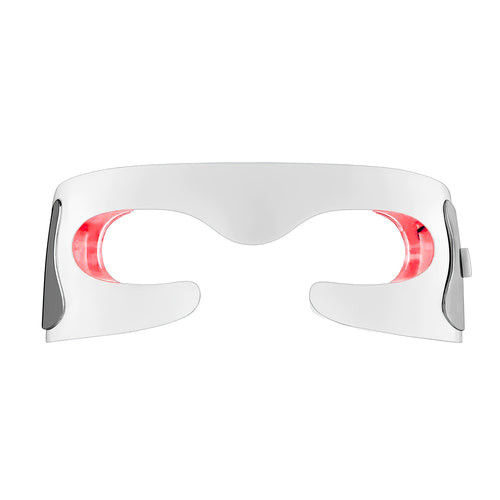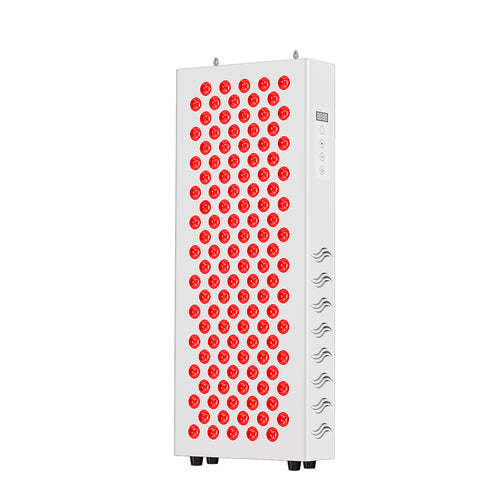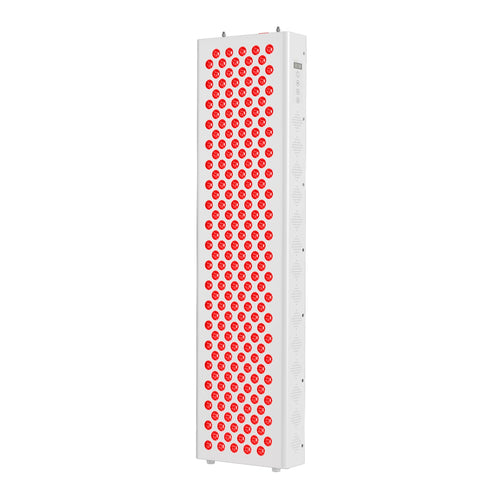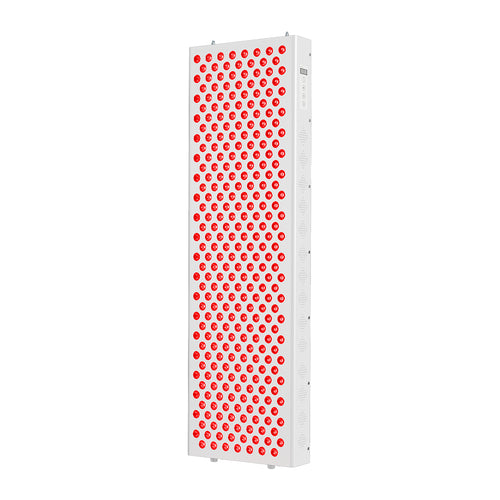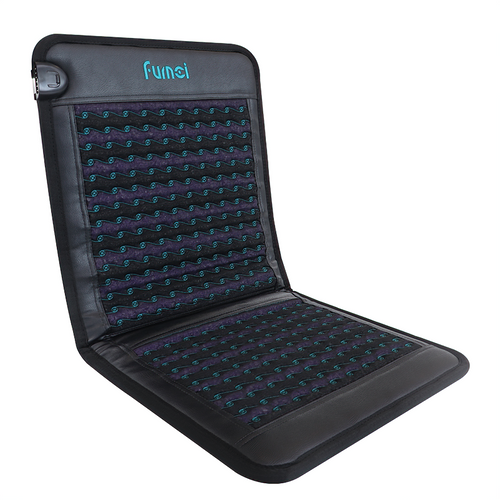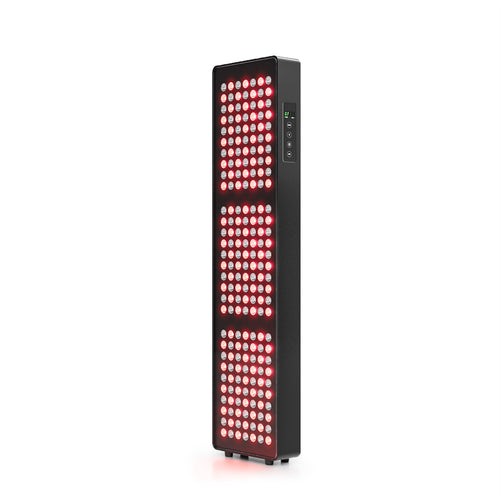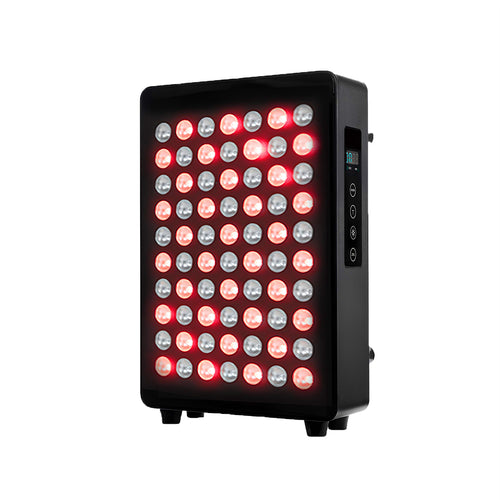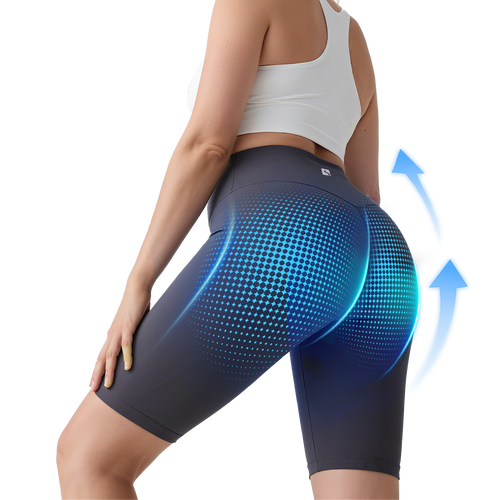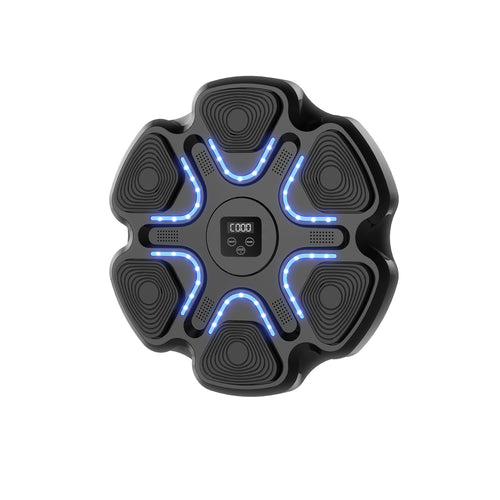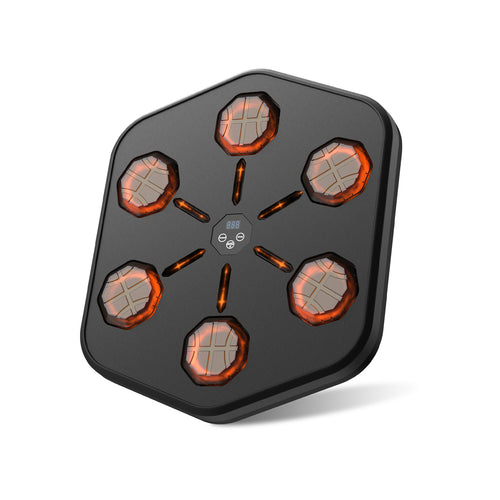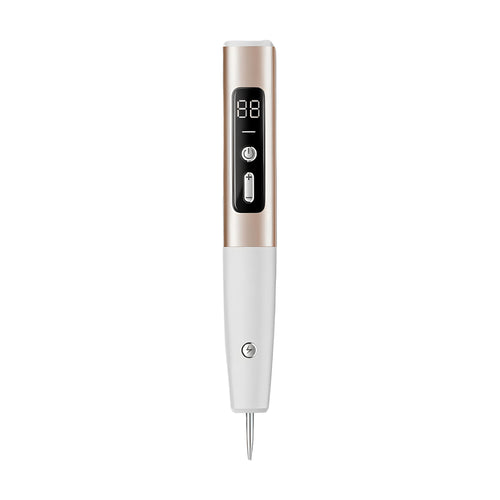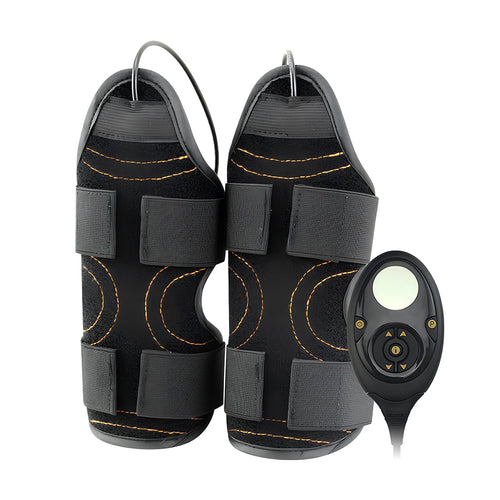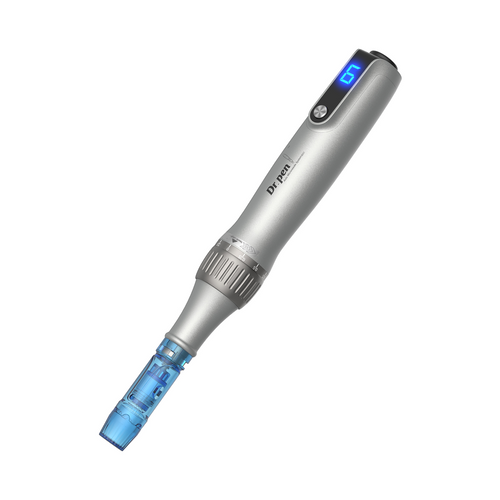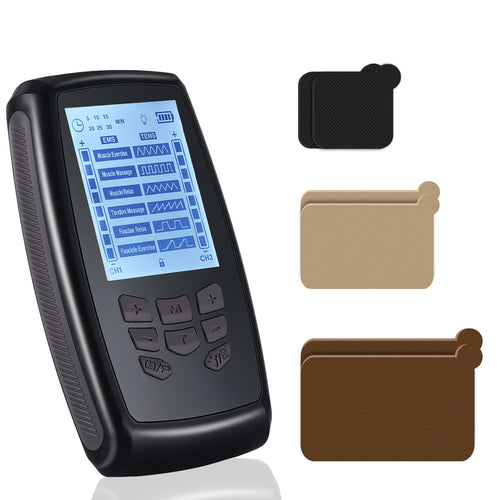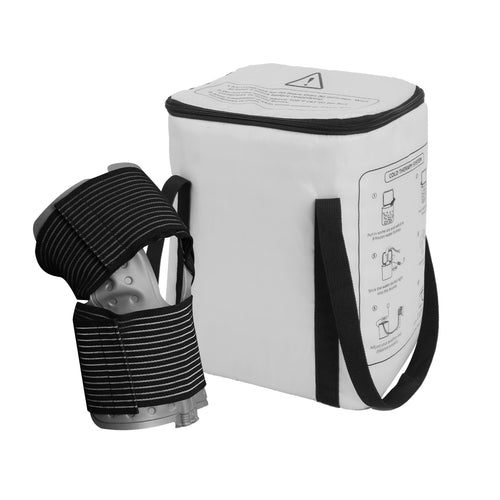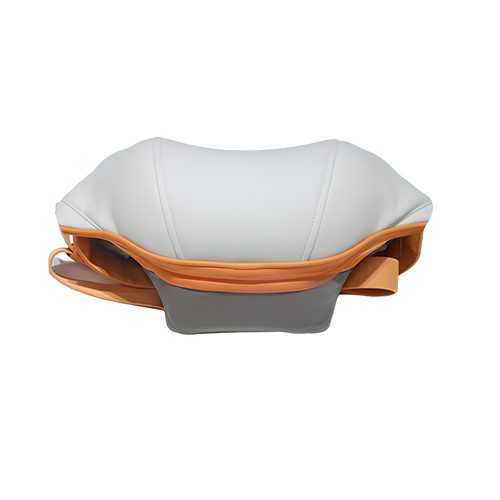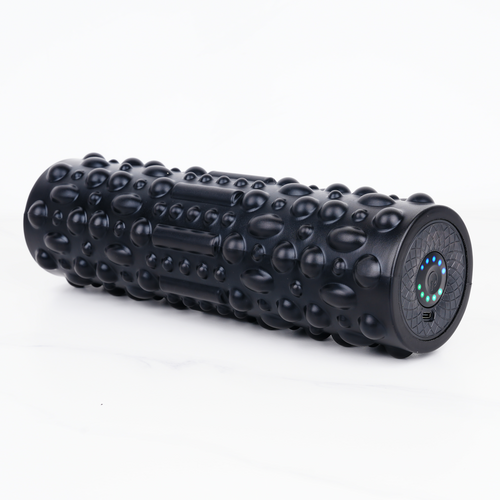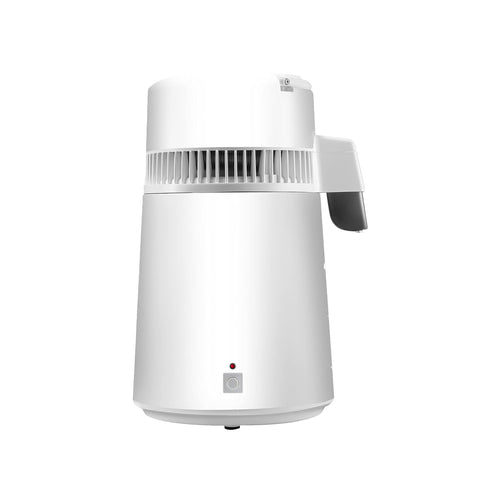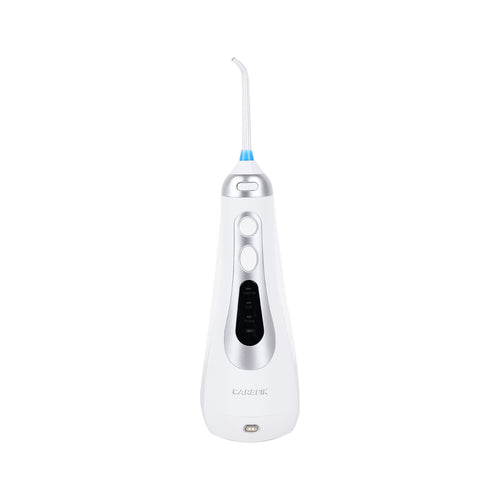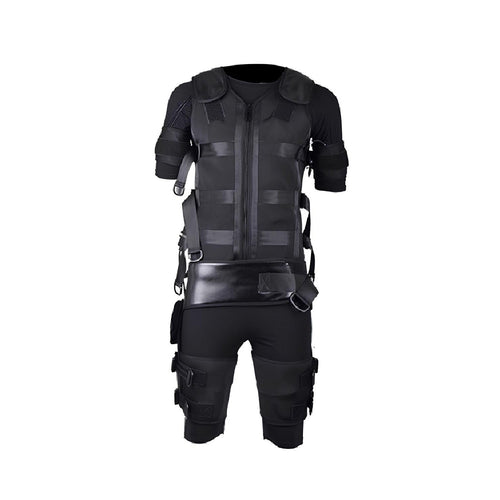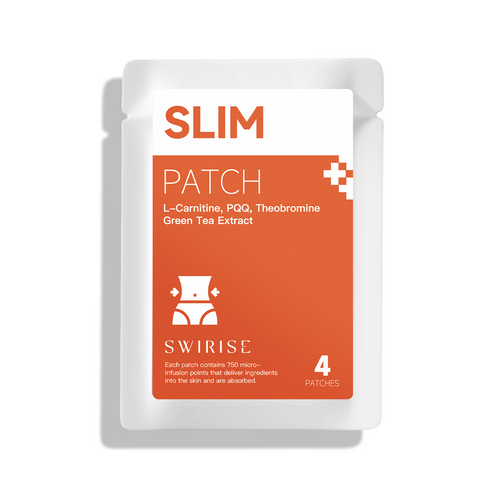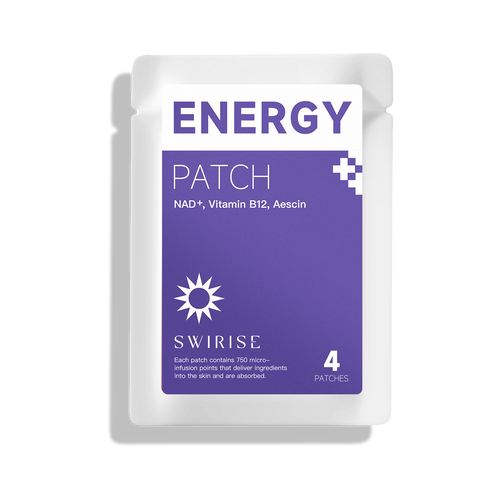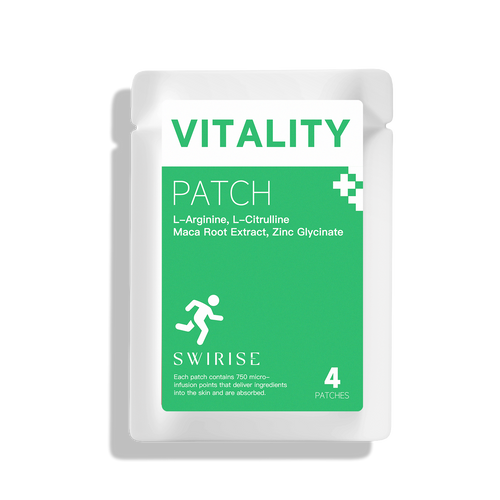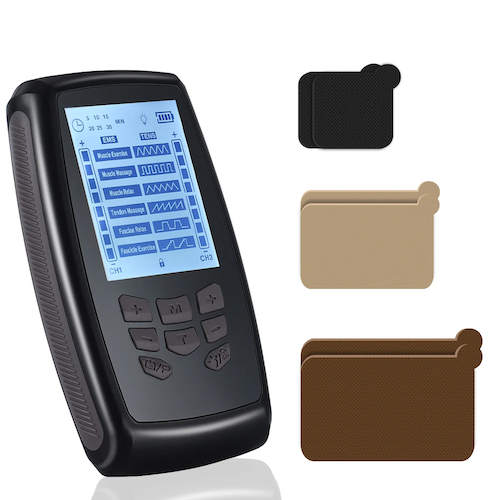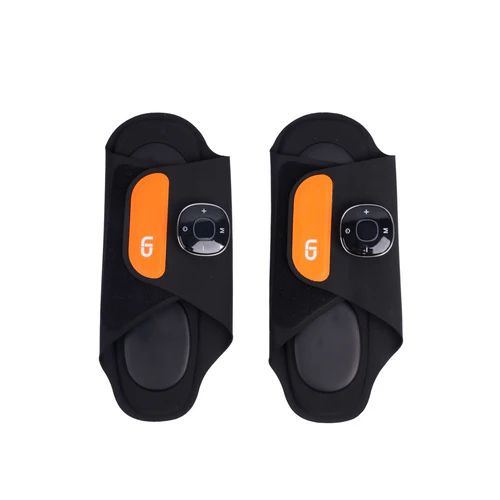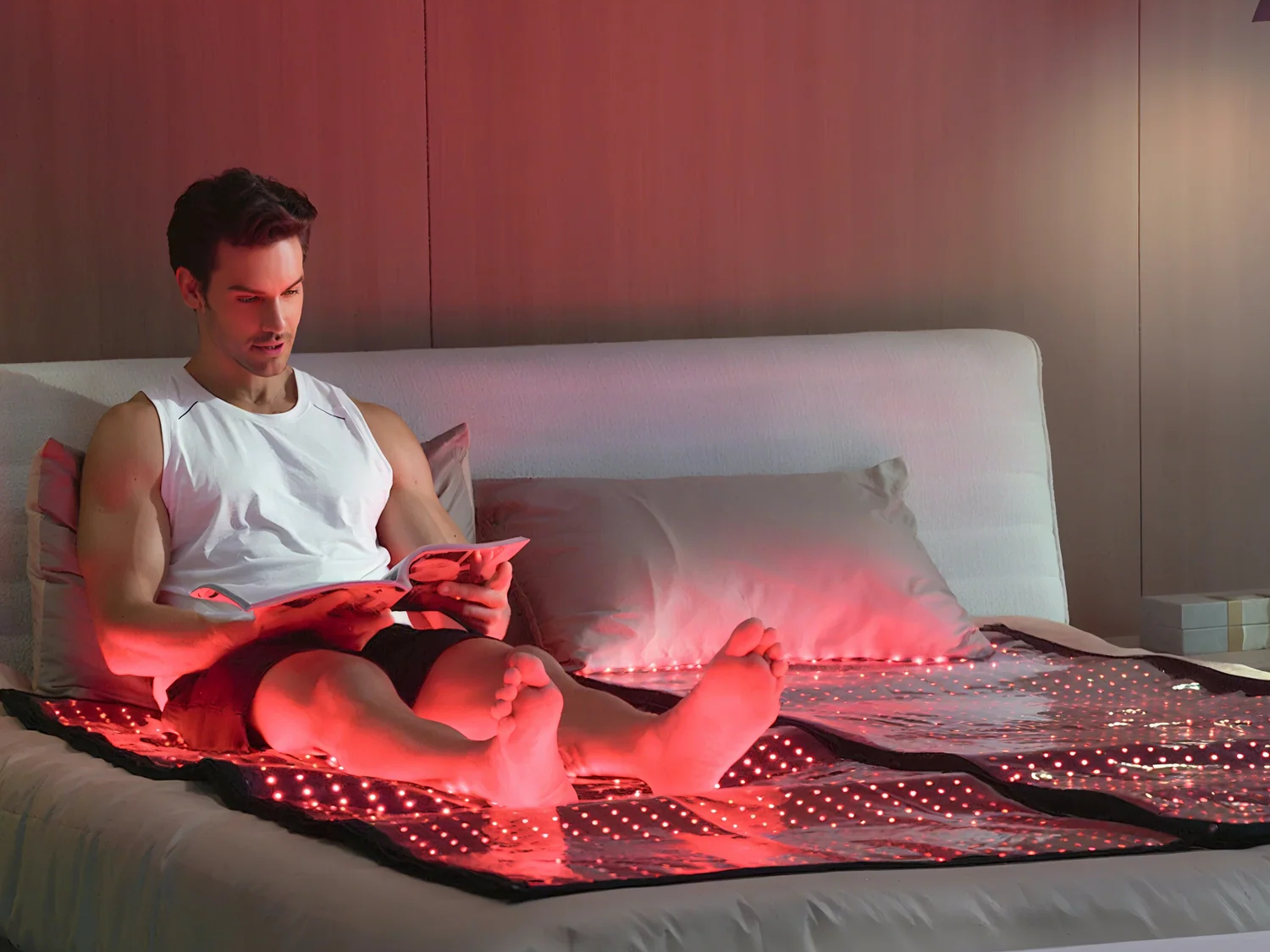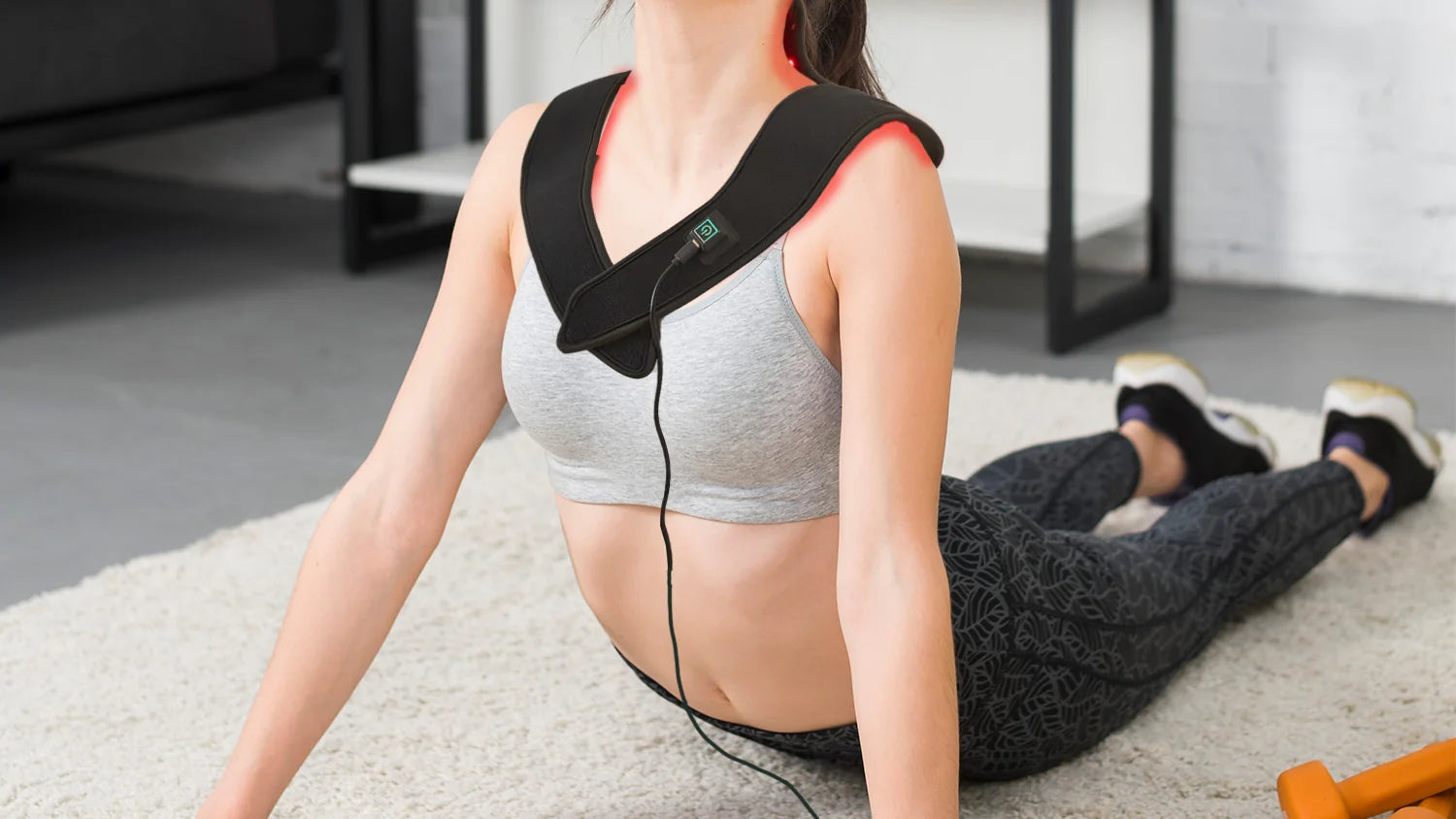
Why Is the EMS Muscle Stimulator Booming in 2025?
JustinLinIn 2025, Electrical Muscle Stimulation (EMS) devices will have moved from niche clinical tools into mainstream fitness, recovery, and home wellness markets. This boom is driven by a confluence of factors: large-scale growth in the global wellness economy, accessible device innovation (wireless, app-driven, AI-assisted), and an expanding but mixed scientific evidence base that supports EMS as a useful adjunct for muscle activation, recovery, and targeted rehabilitation. Key macro numbers underline the opportunity: the global wellness economy recently reached a peak of approximately $6.3 trillion and continues to expand, driving demand for tech-enabled home health devices. [1]
What Exactly Is EMS?
EMS (Electrical Muscle Stimulation) uses surface electrodes to deliver short electrical pulses that cause skeletal muscles to contract. In effect, EMS directly activates motor units (muscle fibers and their associated nerves) rather than relying on voluntary, brain-driven activation alone.
Core mechanics — what the pulses do.
- Electrodes on the skin transmit controlled current pulses, which depolarize motor nerves or muscle membranes and trigger contraction.
- Parameters matter: pulse frequency (Hz), pulse width (microseconds), amplitude (mA), and waveform shape determine physiological response and comfort.
- Recruitment patterns differ from voluntary contractions: EMS can recruit larger, fast-twitch motor units earlier, producing strong contractions in short sessions. That helps explain why EMS can feel “efficient” compared with slow, voluntary training.
Not the same as TENS. TENS (Transcutaneous Electrical Nerve Stimulation) is designed mainly for pain modulation and uses different parameters; EMS is designed to generate muscle contraction and target performance or recovery goals.
Bottom line for readers: EMS is a tool that makes muscles contract via external electrical impulses — think of it as a way to add controlled, targeted muscle activation to your training or rehab toolkit.
What EMS Can and Cannot Do?
What EMS does well
- Adjunct strength and toning: When used with an evidence-based protocol, EMS can increase muscle activation and contribute to strength gain as part of a training program. Meta-analyses and reviews indicate positive short-term strength adaptations under specific protocols. [2]
- Accelerate recovery / reduce DOMS: Low-intensity EMS modes can enhance local blood flow and help reduce delayed onset muscle soreness after workouts.
- Support rehabilitation: EMS has a place in post-injury or post-surgical programs to prevent disuse atrophy and re-educate muscles under therapist supervision.
- Time efficiency: Short EMS sessions (10–30 minutes) can recruit muscle fibers intensively, appealing to time-constrained users.
What EMS does not reliably deliver
- EMS ≠ magic fat burner. Muscle contractions via EMS increase local metabolic demand, but sustained fat loss requires systemic energy deficit (diet + activity). Claims that EMS alone produces significant localized fat reduction are not supported.
- Not a total replacement for progressive resistance training. Long-term functional strength and neuromuscular adaptations from voluntary resistance training remain the gold standard. EMS is best framed as an evidence-backed complement, not a wholesale replacement.
Quality of evidence — nuance matters. Overall evidence is mixed: some rigorous reviews show benefit in certain populations (athletes, supervised rehab settings), while other reviews caution about heterogeneous protocols and low study quality, especially for general consumer claims. [3]
What Science Supports?
Research on EMS falls into distinct clusters: sports/performance studies, clinical rehabilitation trials, and consumer device trials.
Key syntheses show:
- Performance/strength: Reviews report that EMS can enhance strength outcomes when protocols are sufficiently intense and well-targeted. However, outcomes depend on training status, duration of intervention, and parameter settings. [2]
- Rehabilitation and critical care: Meta-analyses in critical care and post-operative contexts show mixed results — there are measurable benefits in some outcomes (e.g., preventing atrophy), but heterogeneity in protocols limits sweeping claims. [6]
- Quality and bias: Many trials have small samples, variable blinding, and short follow-up windows; thus, larger well-controlled RCTs are still needed to define optimal real-world protocols and long-term functional impact.
The Immediate Drivers of the 2025 Boom
Demand-side drivers
- Wellness market tailwinds. The global wellness economy—spanning fitness, recovery, and home health—has grown into a multi-trillion dollar category, providing a broad customer base for home devices. Consumers are more willing to spend on techified, non-invasive solutions. [1]
- Post-pandemic behavior: Home fitness habits solidified during lockdowns; consumers now seek “studio results at home.” Devices promising professional-grade effects without gym time match that desire.
- Busy lifestyles: EMS’s short session times and hands-free usage are attractive to people juggling work, family, and fitness goals.
- Social proof: Influencers, pro athletes, and high-visibility endorsements have amplified curiosity and perceived legitimacy.
Supply-side drivers
- Product innovation: Wireless pads, rechargeable batteries, and smartphone apps with guided programs lowered the barrier to home use. Many modern devices also include safety-focused limits and pre-set waveforms.
- Price stratification: As component costs fall and DTC (direct-to-consumer) distribution matures, EMS devices appear across a broader price spectrum—from <$100 entry units to $500+ training systems—expanding market reach.
- Hybridization: EMS paired with TENS modes, vibration, or wearable telemetry provides multi-use devices that feel like a better value to consumers and clinicians.
Market Evidence & What the Numbers Say
Market estimates vary by methodology, but multiple market reports suggest the muscle stimulation / stimulation-devices segment is growing and entering meaningful commercial scale in the mid-to-late 2020s. For example, Fact.MR estimated the muscle stimulators market at roughly $1.43 billion in 2025, projecting growth through the next decade — a signal that an investible consumer and clinical market exists. [4]
Other reputable market trackers report slightly different baselines (for instance, several reports place 2025 market value in the high hundreds of millions to around $800M–$1B range depending on scope and which device classes are included), but they converge on positive compound growth driven by home use and technology adoption. [5]
Future directions: what to watch after 2025
- AI and personalization. Expect firmware and app ecosystems that tailor pulse patterns based on user feedback, EMG signals, or recovery metrics.
- Sensor integration. EMG/hardware fusion enables closed-loop EMS that adapts in real time to muscle fatigue and recruitment.
- Regulatory maturation. As more devices enter the market, expect clearer regulatory differentiation between medical and consumer devices; this will affect claims and marketing.
- Materials and electrode tech. Better reusable electrodes and wearable conformal materials will improve comfort and long-term cost economics.
Product Taxonomy and Buyer Guide
To help readers choose, here is a concise taxonomy and purchasing checklist.
Product tiers
- Medical / Clinic grade: High output, programmable channels, clinician support — best for rehab and severe weakness. Check for medical certifications.
- Athlete / Pro training grade: High output, app profiles, replaceable electrodes, geared toward performance enhancement. Look for customizable intensity and robust warranty.
- Consumer / Lifestyle devices: Portable pads and compact units for toning/recovery; easier to use but lower maximum output. Evaluate electrode adhesion and consumable cost.
- Hybrid devices: Combine EMS + TENS or other modalities; good for multi-purpose households but verify each mode’s independent evidence.
Quick buyer checklist
- Electrode quality and fit (coverage and adhesion).
- Adjustable parameters and clarity of programs (can you see Hz, pulse width?).
- Safety cutoffs and clear contraindications.
- Customer support and return policy (DTC purchases vary).
- Evidence / clinical studies on device (prefer vendor trials with independent validation).
Safety, contraindications, and correct usage
Basic safety rules
- Do not place electrodes over the heart, carotid sinus, pregnant abdomen, or over implanted electronic devices (e.g., pacemakers) without medical clearance.
- Start at low intensity and increase gradually; sensation should be strong but not painful.
- Follow manufacturer timing and frequency recommendations; avoid daily maximal sessions without guidance.
Contraindications & red flags
- Implantable electronic device, active cardiac conditions, pregnancy, or uncontrolled epilepsy — seek physician clearance.
- Skin lesions under electrode sites or severe sensory deficits — caution or avoid.
Conclusion
EMS is booming in 2025 because the market context (huge wellness spend + at-home fitness), product evolution (user-friendly, wireless, app-based devices), and accumulating but nuanced scientific support created a practical sweet spot. EMS works as a targeted, evidence-backed adjunct for muscle activation, recovery, and rehab—but it is not a panacea. Brands and practitioners that combine scientifically-grounded protocols, clear safety guidance, and credible evidence will earn the long-term trust of users. [1][2][5]
Product Picks
Ready to try EMS? Below are five Swirise picks organized by common needs — recovery, toning, travel, and daily comfort. Each entry explains who it’s best for, the core benefits, and the price.
Swirise TENS & EMS Massager — Best for Pain Relief & Recovery
Price: $99
Who it’s for: Anyone looking for an affordable, portable device for pain relief, muscle recovery, and light toning.
Why we like it:
- Dual-mode design (TENS for pain relief + EMS for muscle conditioning) for flexible use.
- Dual-zone control with 6 modes × 8 intensity levels — customize treatment for different body areas.
- Includes three sizes of electrode pads (small / medium / large) to fit multiple treatment zones.
Quick note: Great starter device for on-the-go relief and recovery.
Swirise EMS Toning Shorts — Best for Hands-Free Lower-Body Shaping
Price: $299
Who it’s for: Users seeking a hands-free solution to tone glutes, shape thighs, and support pelvic floor activation.
Why we like it:
- Wearable design: lightweight shorts that deliver targeted EMS programs in ~15-minute sessions.
- Multi-mode targeting for glutes, thighs, and pelvic floor — practical for busy routines.
- No gels required; just wear and go.
Quick note: If you cite user-study percentages or FDA clearance, place the supporting link here.
Swirise Arm Shaper Machine — Best for Efficient Arm Toning
Price: $129
Who it’s for: Users who want targeted arm definition without bulky equipment.
Why we like it:
- Designed specifically for arm muscles to improve tone and definition through deep EMS contractions.
- Compact and portable — easy to use while working or relaxing at home.
- Also supports recovery by promoting local circulation and reducing soreness.
Quick note: Ideal for people who want a focused, time-efficient arm routine.
Swirise Wearable Butt Lifting Device — Best Value / Travel-Friendly
Price: $99
Who it’s for: Busy users and travelers who want discreet glute activation on the go.
Why we like it:
- 10 modes × 30 intensity levels — flexible control for personalized sessions.
- Slim, lightweight form factor that fits into daily life (work, commute, travel).
- A low-cost entry point to wearable EMS without a big investment.
Quick note: Great trial product for first-time wearable EMS users.
Swirise EMS Foot Massage Shoes — Best for Daily Comfort & Circulation
Price: $169
Who it’s for: People who stand or walk a lot and want gentle daily relief and circulation boost.
Why we like it:
- Slip-on design with EMS pulses that gently stimulate feet to reduce tension and improve blood flow.
- Wireless remote control and soft, easy-to-clean materials for convenient daily use.
- Designed for low-intensity, everyday comfort rather than intense training.
Quick note: A soothing option for end-of-day recovery and relaxation.
Bibliography
[1]Global Wellness Institute —The Global Wellness Economy Reaches a New Peak of $6.3 Trillion–And Is Forecast to Hit $9 Trillion by 2028
[2]Electrical Stimulation and Muscle Strength Gains in Healthy Adults: A Systematic ReviewSwarup Mukherjee, Jeryn Ruiwen Fok, Willem van MechelenJ Strength Cond Res. 2023 Apr 1;37(4):938-950.
[3]Do Electrical Stimulation Devices Reduce Pain and Improve Function?—A Comparative Review. Christian B Allen, Tyler K Williamson, Stephen M Norwood, Ashim Gupta,Pain Ther. 2023 Sep 26;12(6):1339–1354.
[4]Fact.MR — Muscle Stimulators Market Outlook.
[5]Future Market Insights — Muscle Stimulation Devices Market Outlook 2025–2035 (alternative market estimate and segmentation).
[6]The effect of electrical stimulation in critical patients: a meta-analysis of randomized controlled trials. Lili Li, Fei Li, Xinyin Zhang, Yuying Song, Shuyan Li, Huiping Yao. Front Neurol. 2024 Jul 31:15:1403594.

